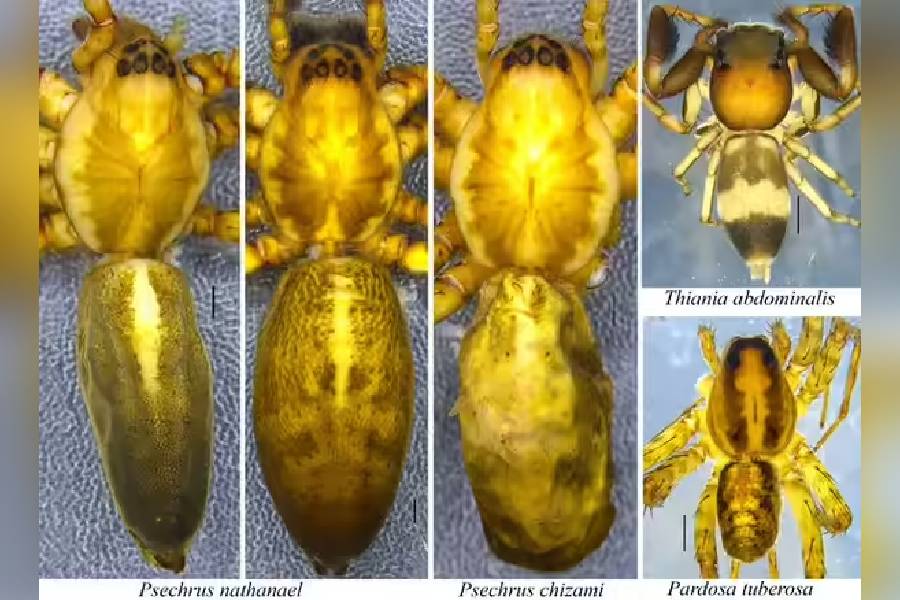 |
| Bamboo shoots |
Jorhat, June 15: The department of agricultural biotechnology under the Assam Agricultural University here is in the last stages of finalising a bio-preservative from fermented bamboo shoots (khorisa).
Madhumita Barooah, associate professor of the department who is working on the method, said the bio-preservative would be a cheap and more healthy alternative to chemical additives presently used for food preservation.
“Since khorisa is found aplenty in the Northeast, there will be no dearth in availability of the product and once it is processed into a preservative, it will also be economically beneficial to people here,” she said.
Barooah said khorisa, made of young tender shoots of different bamboo species, is usually consumed after fermenting it for a period of 7 to 15 days, after which they turn sour. The shoots are first defoliated and then pounded in a dheki (leg-operated pounder) or scraped and ground. They are then tightly packed in earthen pots or hollow bamboo stems, covered with banana leaves and then allowed to ferment in natural conditions.
“In the Northeast, these are widely consumed after being pickled with oil and chillies or added to pork, chicken, fish or other vegetarian dishes for flavour. Importantly, khorisa was found to have a shelf life of one year or more without any preservative. This itself showed that it possessed preservative qualities of its own,” Barooah said.
Previous laboratory tests proved that khorisa got fermented because of bacteria like lactobacillus.
“Lactobacillus planterum and lactobacillus brevis are well-known pro-biotic organisms and strains are found in curd. In addition to these pro-biotic properties, the bacteria belonging to this genus also produces bacteriocin — a heat-stable protein that shows anti-microbial activity,” Barooah said.
“The bacteriocin isolated from one of the lactobacillus strains found in khorisa was shown to have anti-microbial activity against four harmful bacteria strains found in the mouth and stomach. After a few days, it was found that the bacteriocin had prevented the growth of these harmful bacteria that cause digestive disorders,” she said. “Work is on to purify the process to get a clear and effective preservative agent.”
Lacto-fermented food forms a staple and important part of the Northeast cuisine. Some of the ethnic fermented vegetable products of the region include gundruk (fermented mustard leaves), sinki (fermented radish tap root), goyang (fermented wild herb), khalpi (fermented cucumber) and anishi (fermented yam leaves).
Barooah said in America, a bio-preservative named Nishin had been produced from a different lactobacillus strain but producing one from the locally available khorisa will benefit the people of the region immensely.
Working with Barooah in this project are Robin C. Boro, assistant professor, and a team of students.










